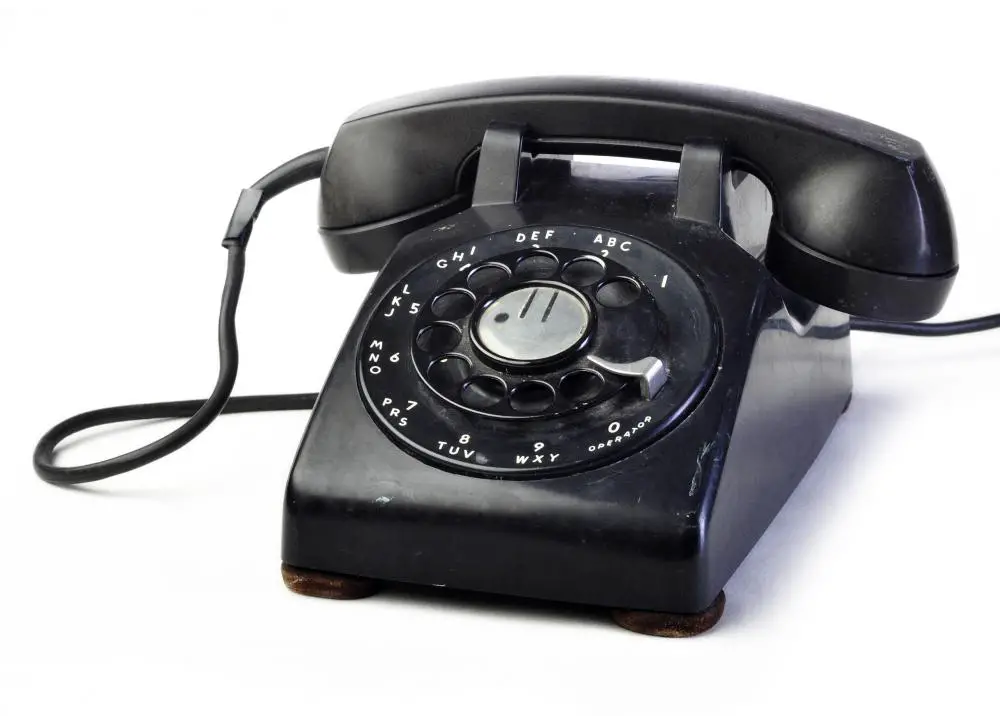The Internet has a long history that can be traced back to 1945 when U.S. military researchers began working on computer networking technologies as part of a project known as ARPANET.
Internet history timeline
While the Internet has been around for only about 60 years, its history is extensive. It all started in 1957 when a man named JCR Licklider proposed a global network of computers that could communicate with each other. In 1968, Robert Taylor led development teams at Information Processing Techniques Office (IPTO) within DARPA (Defense Advanced Research Projects Agency). They developed protocols like TCP/IP and DNS (Domain Name System), which are still used today.
In 1969 there were less than 100 hosts on ARPANET–but that number quickly grew as more universities joined up with their nodes!
1957
In 1957, a research team at the University of Cambridge in England successfully sent a message across a telephone line from one computer to another. Later that year, two American scientists, Leonard Kleinrock and Paul Baran, conducted successful tests on their systems.
The first time two computers were connected was in 1969 when UCLA students joined their machines using modems (modulator-demodulator) that allowed them to send messages back and forth via telephone lines at 300 bits per second (bps), led directly to ARPANET, which laid the groundwork for today’s Internet.
1968
The ARPANET was born the first time anyone connected two computers. The ARPANET was the first computer network in history, changing how we communicate forever. Its creator Robert Kahn says that he “didn’t know what it would become,” but he knew he wanted to build something like this someday.
In 1966, when Bob Taylor asked him to help with a project at UCLA called “Interface Message Processor” (IMP), Kahn said yes and moved there with his wife Betty and their children. They’d been living in New Jersey until then! He ended up working on this new type of communication system called packet switching, where messages are broken down into smaller packets of information that can travel independently through different routes across multiple networks before arriving at their destination intact again, just like how email works today!
1969
In 1969, the first international packet-switching network was created. Called the ARPANET, and it began what we now know as the Internet. The second half of 1969 also saw the first time a computer was connected to this new network: SRI International’s Network Measurement Center in Menlo Park, California (now known as SRI International).
1973
The ARPANET was created in the 1960s. It was the first operational packet-switching network funded by the Department of Defense (DoD). Packet switching is a type of data transmission that divides a message into fragments before sending them to its final destination via various paths.
Each node on an internetwork will route packets toward their destinations based on information in their headers, such as their source address and destination address.
The ARPANET consisted of four nodes: UCLA, UC San Diego (UCSD), SRI International (SRI), and the University of California Berkeley (UCB). It operated until 1990, when it was decommissioned but not before influencing many other similar networks such as NSFNet, which helped connect computers across America during this period; Internet2, which focused on improving research capabilities; BITNET, which joined universities around the world with email services; Usenet Newsgroups where people could post messages publicly or privately depending upon how they configured their account settings during the registration process; etcetera…
1974
In the early 1970s, ARPANET was developed by the Advanced Research Projects Agency (ARPA). “packet” refers to a small block of data sent over a network. Packets are passed from one device to another until they reach their destination. This method allowed for efficient communication across large distances by breaking down messages into smaller units and sending them through different paths toward their goals, where they could be reassembled into their original form before being delivered to users.
1977
It was designed to connect computers at UCLA (University of California Los Angeles), Stanford Research Institute, and the University of Utah with each other so they could communicate over long distances.
In 1969, this new network became operational and was used by university staff members who wanted to share information across campuses. The first message sent over ARPANET read: “Loosely attached terminals may attempt direct communication with any other Loosely Attached Terminal.”
1984
ARPANET was the first network to use the Internet Protocol (IP), which allows data to be transported across networks. It was funded by the Advanced Research Projects Agency (ARPA) and developed at Stanford University by computer scientists Robert Kahn and Vinton Cerf in 1973. In 1984, when it became publicly available commercially, ARPANET connected over 50 hosts across four sites: UCLA, UC Santa Barbara (UCSB), SRI International, and the University of Utah.
1989-1993
1989
The first browser, Mosaic, was released in 1993. The first search engine Yahoo!, was launched in 1994, and in 1995, Amazon.com became the first online shopping site to be established as a business model.
In the 1990s and 2000s, the World Wide Web (WWW) and online trading developed.
- The Internet has a long history that can be traced back to 1945 when U.S. military researchers began working on computer networking technologies as part of a project known as ARPANET.
- In the late 1980s–early 1990s, He intended it to be used for sharing information between scientists at CERN, Europe’s particle physics laboratory near Geneva in Switzerland; however, its popularity soon spread beyond the scientific community and into mainstream culture worldwide.
The History of Internet has a long history that can be traced back to 1945 when U.S. military researchers began working on computer networking technologies as part of a project known as ARPANET.
The Internet has a long history that can be traced back to 1945 when U.S. military researchers began working on computer networking technologies as part of a project known as ARPANET. In 1969, ARPANET achieved connectivity between the University of California Los Angeles and Stanford Research Institute.
In 1973, two separate networks were created: one for research and another for military use. They became known as the Defense Data Network (DDN) and the Non-classified Automated Information System (NIPRNET), respectively. The former was publicly accessible while the latter was not; however, today, both are accessible via unclassified government computers throughout many large organizations such as universities or businesses with contracts with them.”
The Internet has a long history that can be traced back to 1945 when U.S. military researchers began working on computer networking technologies as part of a project known as ARPAN.



